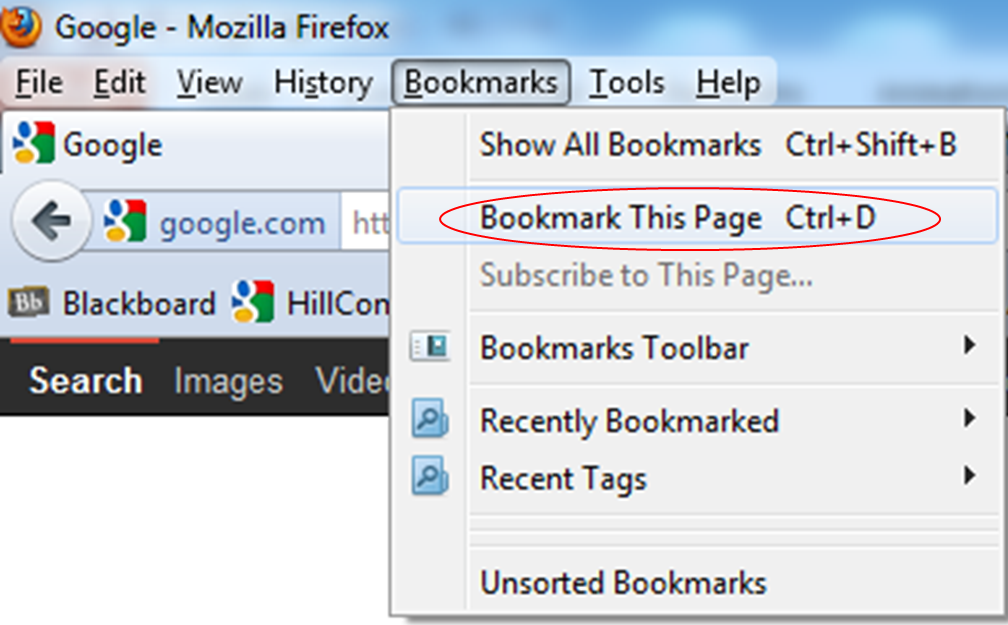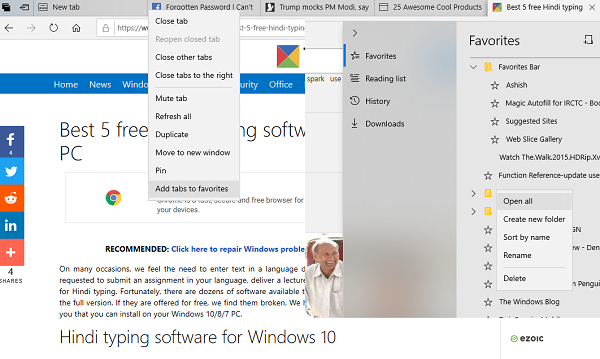
To re-enable access to libraries, right-click in the white space of the File Explorer navigation pane, and then click “Show Libraries.Installing a new operating system can be very helpful for many computers-it helps you clear out any unwanted malware and cleans up your system.
WINDOWS 10 HOW TO CREATE A BOOKMARK HOW TO
RELATED: How to Bring Libraries Back on Windows 8.1 and 10's File Explorer To use it, just bring the libraries tab back to your navigation pane. Microsoft decided to hide the libraries tab from File Explorer, but the feature is still available. Unlike the limited jump list, which lists only 12 items, a custom toolbar can contain far more. Your shortcuts will then be available in the task bar. You can take it a step further and create a folder with shortcuts to your other favorite folder locations, and then create a toolbar for that folder, as well. Click “>” next to the toolbar’s name (which should match the name of your chosen folder).Ī list of all the files and folders within that folder appears for easy access. In the selection menu, choose one of your favorite folders, and then click “Select Folder.”Ī new toolbar appears. To create a custom task bar toolbar, right-click the task bar, head to the “Toolbars” submenu, and then click “New Toolbar.” They allow you to customize the task bar with toolbars that give you access to extra features or shortcuts.įor example, you can create a custom task bar toolbar for easy access to all the files in one of your favorite folders. Task bar toolbars are an old-school feature available in Windows 10. You can then rearrange the group that contains your folder shortcut tiles to a more prominent position.

Once you’re done, move your folder shortcuts to that group. The “Name Group” option should appear click it, and then type a name for your grouped folder shortcut tiles. To do that, hover below the last list of tiled items. From here, you can move your folders to more prominent positions or create a tile group to organize them. Your pinned folders appear as tiles at the bottom of the list. Right-click them, and then click “Pin to Start.” Open File Explorer and locate the folders you want to bookmark. This makes the Start menu a good place to bookmark some of your favorite folders. You can customize the tile list to the right of your installed programs with shortcuts to apps, settings, and folders.
WINDOWS 10 HOW TO CREATE A BOOKMARK WINDOWS 10
The Windows 10 Start menu offers more than just a list of your installed programs. This pins your folder, and it’s ready for you to access any time. To do so, just drag and drop your folder on the “Quick Access” text. If you’re in Windows File Explorer, you can also add folders manually to the Quick Access list. Right-click one of your favorite folders, and then click “Pin to Quick Access.” You can add items to the Quick Access list in several ways. When you pin an item to Quick Access, the same folder should appear when you right-click File Explorer in the task bar. The Quick Access list also feeds into your File Explorer task bar jump list. As the name suggests, you can pin your favorite folders here for quick access. Similar to your task bar jump list, Windows File Explorer has a navigation pane on the left-hand side with a Quick Access list. If you want to remove it in the future, right-click the Windows File Explorer shortcut, hover over your pinned folder, and then click the unpin icon that appears on the right. Your folder now appears as a pinned item in your jump list.


To add a folder to this pinned list, drag and drop it onto the Windows File Explorer shortcut on the task bar. RELATED: How to Increase the Number of Jump List Items in Windows 10 For convenience, you can pin your favorite folders to the top of this list.īy default, the Windows File Explorer jump list displays around 12 items, but you can increase that number if you’d like. If you don’t know what a jump list is, right-click Windows File Explorer in the task bar a list of your recently accessed folders appears. If you have Windows File Explorer as a task bar shortcut, you can quickly access your favorite Windows folders with task bar jump lists. Unless you’ve hidden it, the Windows task bar is always present. It offers immediate access to the programs you use most often. This creates a shortcut that links to your selected folder, and it immediately appears on your Desktop. Alternatively, right-click your folder, click “Send To,” and then click “Desktop (Create Shortcut).”


 0 kommentar(er)
0 kommentar(er)
